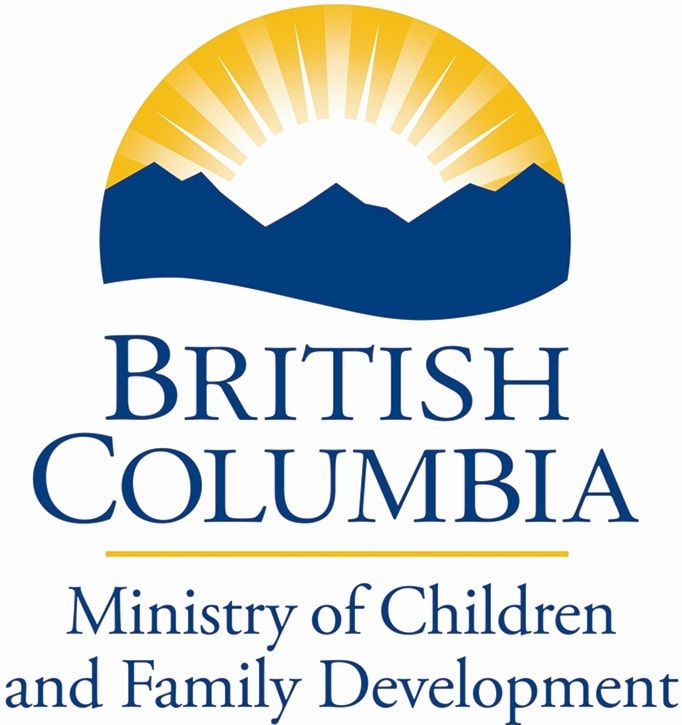Children and youth are the focus of a new local effort to deliver mental health services in a more timely, co-ordinated manner.
A local action team (LAT) has been formed, and it includes family physicians, school counsellors, Ministry of Children and Family Development (MCFD) staff, Child and Youth Mental Health clinicians, Lower Kootenay Band representatives and the RCMP.
Dr. Randy Grahn, who co-chairs the LAT with Prince Charles Secondary School (PCSS) counsellor Diane MacDonald-Sutcliffe, says he expects the membership to expand in the coming months.
How does it work?
“We meet monthly, and together we are working to improve conditions and coordination of child and youth mental health services, and to address specific mental health issues for children and youth in this region,” said Grahn.
Too often, Grahn said, parents and youth simply haven’t known where to go to find help with mental help issues, and professionals haven’t always been aware of the full range of services available in our own community.
“Schools have been an essential partner in this initiative,” he said. “Local action teams are working to include youth and their parents as partners.”
The goal is clear: “To increase the number of children, youth and their families receiving timely access to integrated mental health and substance use services and supports throughout the province.”
Creston is among the first communities to form a local action team. Grahn credits the efforts of Dr. Tara Guthrie for paving the way. Guthrie, concerned about the need to bring mental health and substance use services closer to those who need them, established regular weekly office hours at PCSS a couple of years ago.
“Dr. Guthrie saw the need and it helped raise our local awareness of the need to coordinate services,” Grahn said.
Early results for the program have been impressive. One community reduced waitlists for services from 140 to 11 in one year. A parent commented, “So much can be done locally. The grassroots movement is going to grow and grow and hopefully get into other communities… so that mental illness is no longer the HIV of 10, 20 years ago.”
“Government recognizes that it alone can’t fill all the gaps in medical care,” Grahn said. “This collaboration taps into what doctors and other providers know about their communities and mental health needs.”
Leadership from the provincial government has resulted in three ministries — health, children and family development, and education — working together to identify and tackle mental and health and substance use services for children and youth. Funding needs have also been addressed.
“We’ve never really seen such a concerted effort to bring everyone involved together at the same table,” said Grahn. “It’s kind of epic in a way.”
In an effort to support the initiative, the Advance will be running a series of columns by Dr. David Smith over the next few months. Smith, an adolescent and adult psychiatrist, has created the series in his work with the Interior Health Authority.
“One of our goals is to roll out the service directory we have assembled (we will be doing this at an open house introduction of services event later this month), work on improving indigenous culture literacy among health care providers, and improve education, support, access, and coordination of C&YMH services in our valley,” Grahn said. “As Dr. Smith stresses, if your child is experiencing a mental health concern, talk to your family doctor or contact the local MCFD office.”
